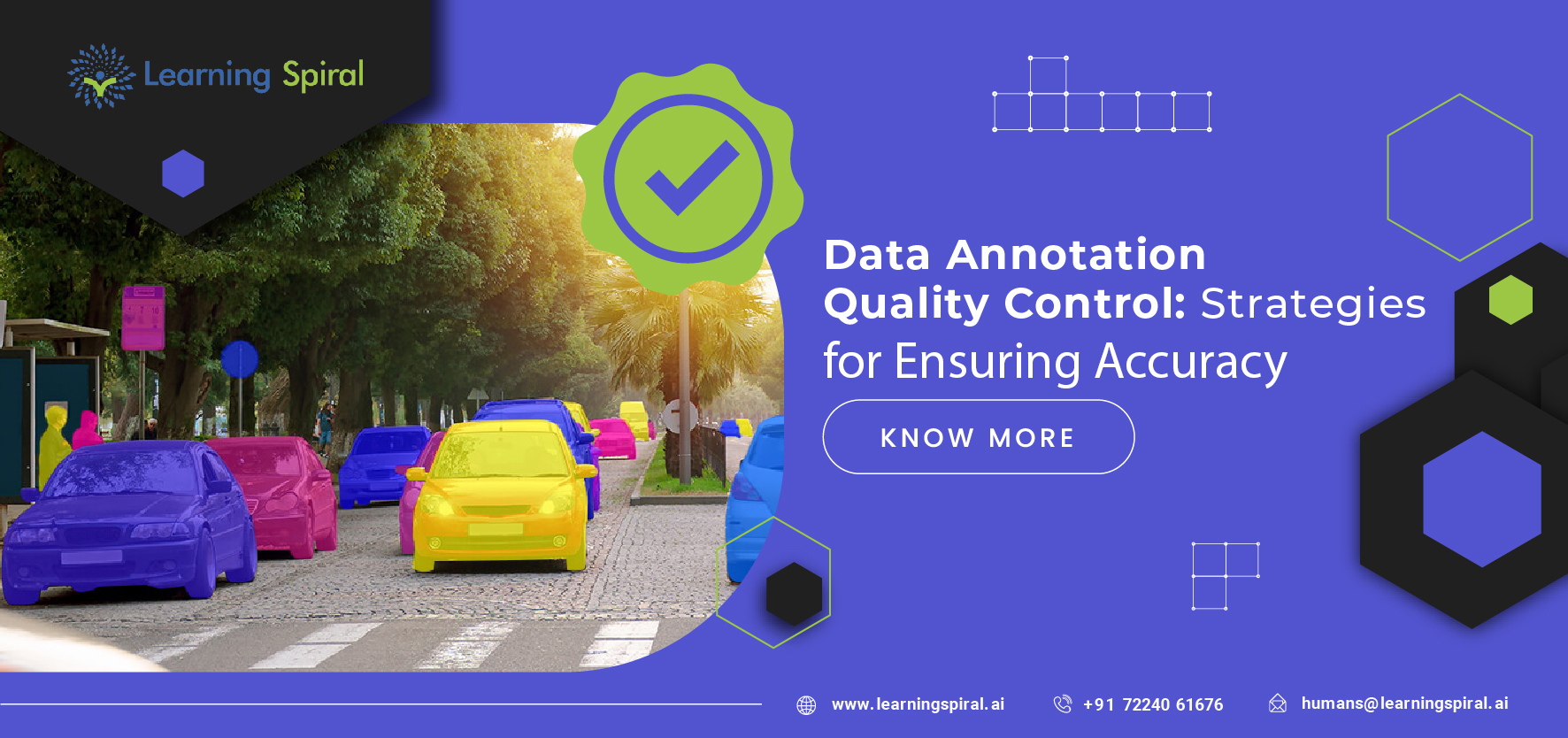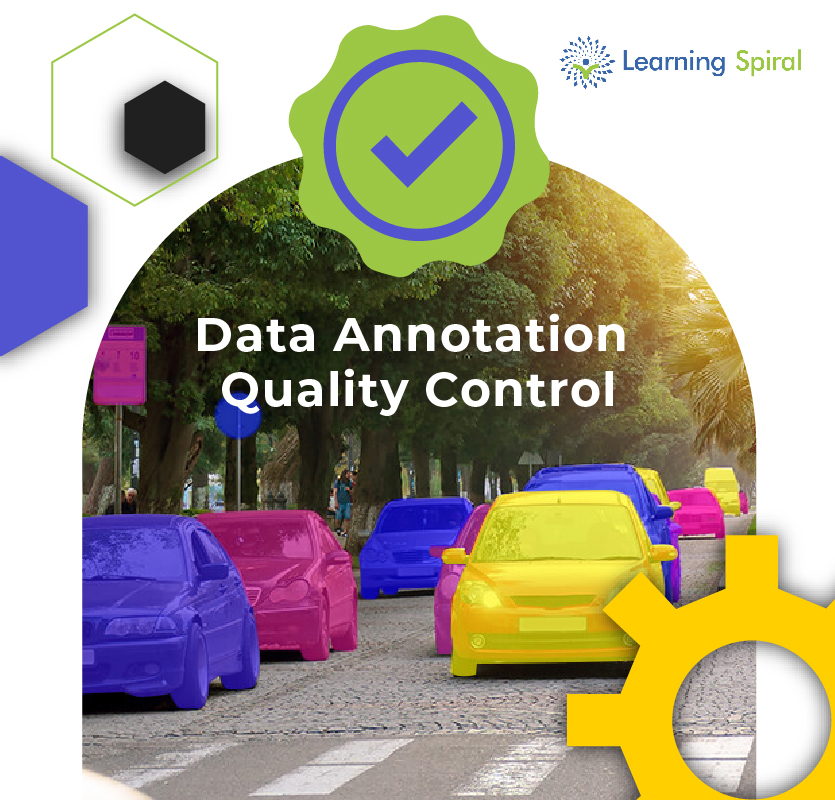
Data Annotation Quality Control: Strategies for Ensuring Accuracy
In the realm of artificial intelligence and machine learning, the quality of training data is paramount. The accuracy and reliability of models heavily depend on the quality of annotated data used during the training process.
Data annotation, the process of labeling data to train machine learning models, is a crucial step, and ensuring its accuracy is of utmost importance. Poorly annotated data can lead to biased models, reduced performance, and unreliable predictions. Therefore, implementing robust strategies for data annotation quality control is essential.
Challenges in Data Annotation Quality Control
Accurate data annotation serves as the foundation for building effective machine learning models. It is the process of labeling data with relevant information, such as object recognition in images, sentiment analysis in text, or key points in facial recognition. The quality of annotations directly influences the model’s ability to generalize and make accurate predictions in real-world scenarios.
Several challenges can compromise the quality of annotated data, including:
- Subjectivity and Complex: Some data may contain elements that are open to interpretation, leading to subjective annotations. Ambiguity in labeling can introduce noise into the dataset.
- Human Errors: Annotators are prone to errors, whether due to oversight, fatigue, or inconsistency. Inconsistencies in labeling can affect the model’s ability to learn patterns accurately.
- Scalability: Managing large datasets and scaling annotation processes can be challenging without compromising on quality. Maintaining consistency across a vast amount of data is crucial.

Strategies for Data Annotation Quality Control
To address these challenges and ensure the accuracy of annotated data, implement the following strategies:
1. Clear Annotation Guidelines:
Establish clear and detailed annotation guidelines to reduce complexity and ensure consistency among annotators. These guidelines should include examples and edge cases to guide annotators in making informed decisions.
2. Training and Calibration:
Provide thorough training to annotators to familiarize them with the annotation guidelines and the specific task at hand. Sessions, where annotators review and discuss labeled examples, can help align their understanding and improve consistency.
3. Multiple Annotations and Consensus:
Use multiple annotators for each data point and aggregate their annotations to ensure accuracy. Consensus mechanisms, such as majority voting, can be employed to resolve discrepancies and enhance the reliability of annotations.
4. Regular Quality Checks:
Implement a system of regular quality checks to review annotated data. Periodic audits can identify and rectify errors, ensuring the ongoing quality of the dataset.
5. Iterative Feedback Loop:
Establish a feedback loop between annotators and project managers. Encourage annotators to provide feedback on unclear guidelines or challenging cases. This iterative process helps refine annotation instructions and improves overall accuracy.
6. Use of Technology:
Leverage technological tools and solutions to streamline the annotation process. Automated annotation tools, when combined with human oversight, can improve efficiency and reduce errors.
7. Data Augmentation and Diverse Samples:
Augment the dataset with variations of the data to improve model generalization. Ensure that the dataset is diverse and representative of the real-world scenarios the model will encounter.
8. Continuous Monitoring:
Implement continuous monitoring of the model’s performance in real-world applications. If the model exhibits biases or inaccuracies, revisit the annotated data to identify and rectify potential issues.
Data annotation quality control is a critical aspect of the machine learning pipeline. By addressing the challenges associated with data annotation, organizations can build robust machine learning models that deliver accurate and unbiased predictions in various applications.

